Central Asia’s dramatic landscapes offer some of the world’s most breathtaking
mountain drives. Ancient Silk Road routes wind through towering peaks and remote
valleys.
This guide explores fifteen remarkable mountain passes across Kyrgyzstan, Tajikistan, Kazakhstan, and Uzbekistan, showcasing the region’s stunning natural beauty and rich cultural heritage. Whether you are an experienced overlander or planning your first Central Asian adventure, these high-altitude routes promise unforgettable journeys through some of Earth’s most spectacular terrain.
Torugart Pass, Kyrgyzstan-China Border
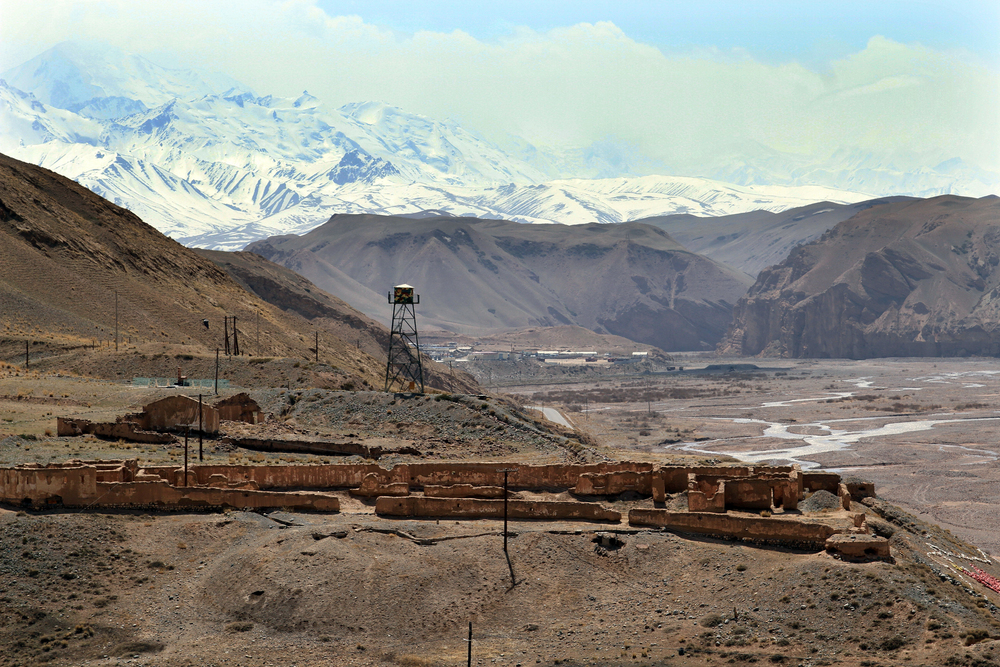
This is the ancient Torugart Pass, a testament to centuries of trading between China
and Central Asia. It rises an impressive 12,310 feet above sea level. Ancient
caravans crossed this desolate route, bearing precious silks and spices across vast
empires.
Today, stark high-altitude desert landscapes, punctuated by snow-capped peaks and grazing yaks, greet visitors. Special permits are required to traverse the pass, but careful planning brings the adventurous soul into the pristine wilderness and glimpses of traditional nomadic life.
Kyzyl-Art Pass, Tajikistan
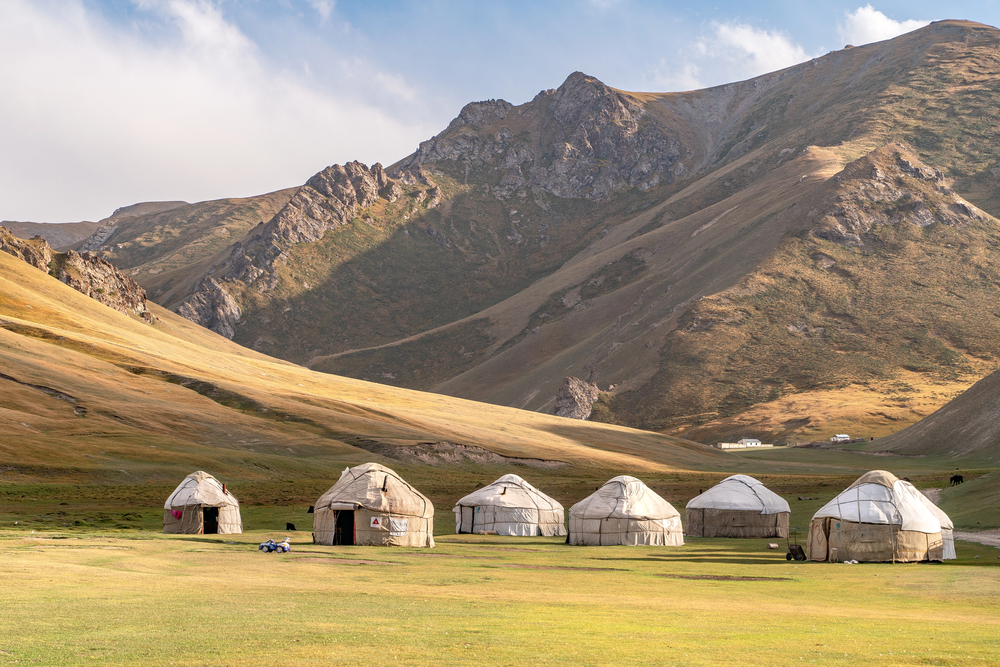
At 14,042 feet, this beautiful pass separates Kyrgyzstan from Tajikistan by crossing
the Trans-Alay Range. Dramatic red-rock cliffs contrast with distant glaciers and the
stunning Peak Lenin.
Local folklore says that old travelers used to leave their offerings at the top of the pass to ensure a safe crossing through those intimidating mountains. The pass leads to the Pamir Highway, which offers some of Central Asia’s most fantastic mountain views.
Like Travel Pug’s content? Follow us on MSN.
Taldyk Pass, Kyrgyzstan
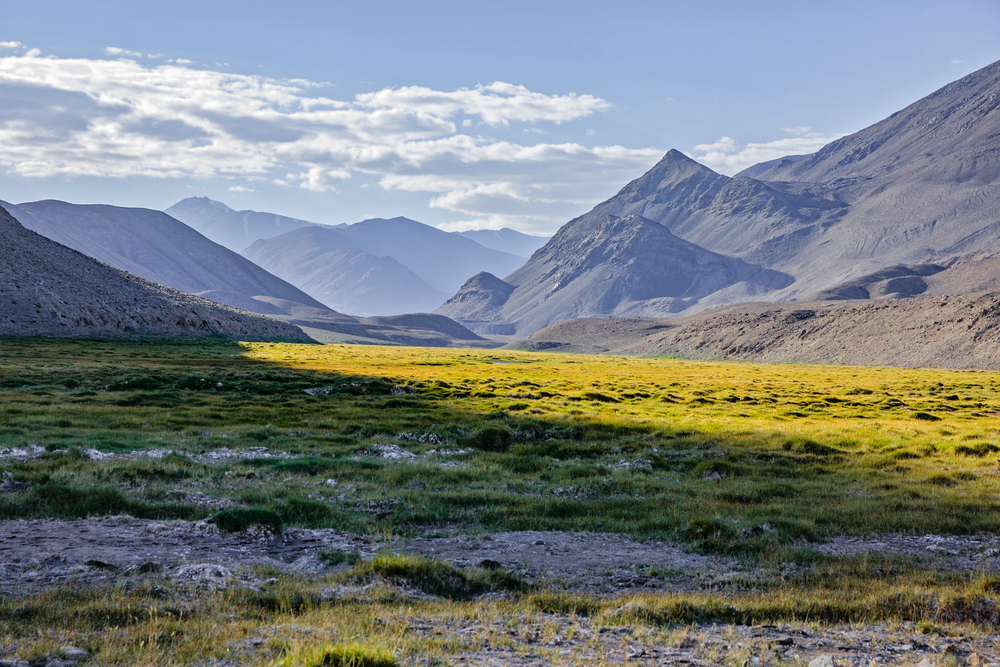
Rising to 11,600 feet in the Alay Mountains, Taldyk Pass features a series of hairpin
turns that create a mesmerizing pattern visible from above. The surrounding valleys
support traditional shepherding communities that maintain centuries-old practices of
seasonal migration.
The pass offers exceptional views of the Alay Valley and the Trans-Alay Range beyond. Wildlife enthusiasts might spot golden eagles soaring above the ridgelines or Marco Polo sheep navigating the rocky slopes.
Anzob Pass, Tajikistan
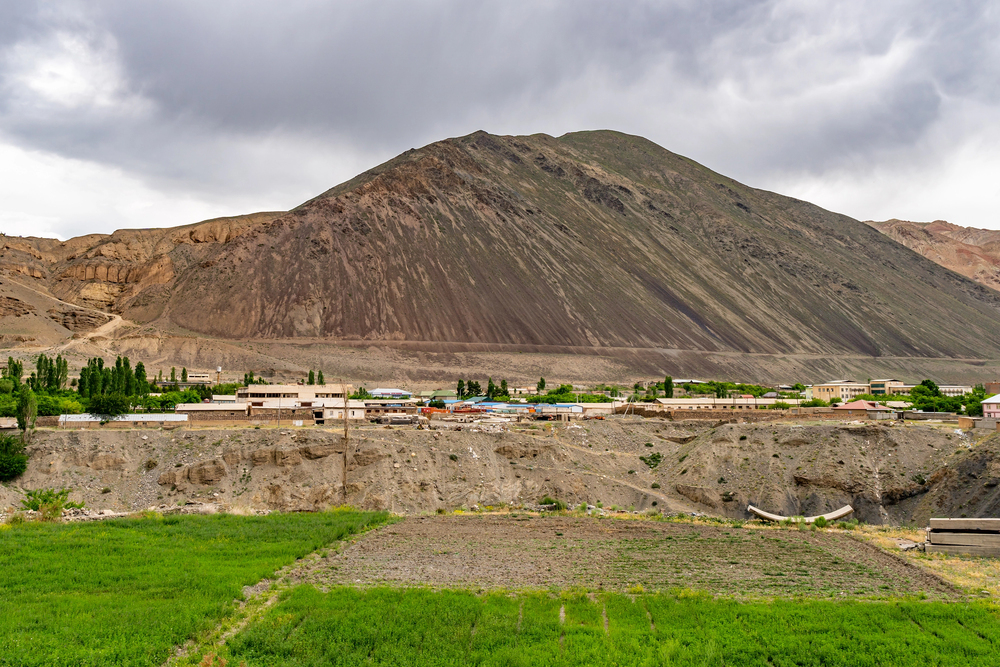
Located 50 miles north of Dushanbe, this 11,200-foot pass provides vital access to
northern Tajikistan’s remote communities. Ancient petroglyphs near the summit
suggest human activity dating back thousands of years.
The pass offers dramatic views of the Hissar Range and remains snow-covered for much of the year. Local guides share tales of the region’s rich mining history and the strategic importance of this mountain corridor.
Ak-Baital Pass, Tajikistan
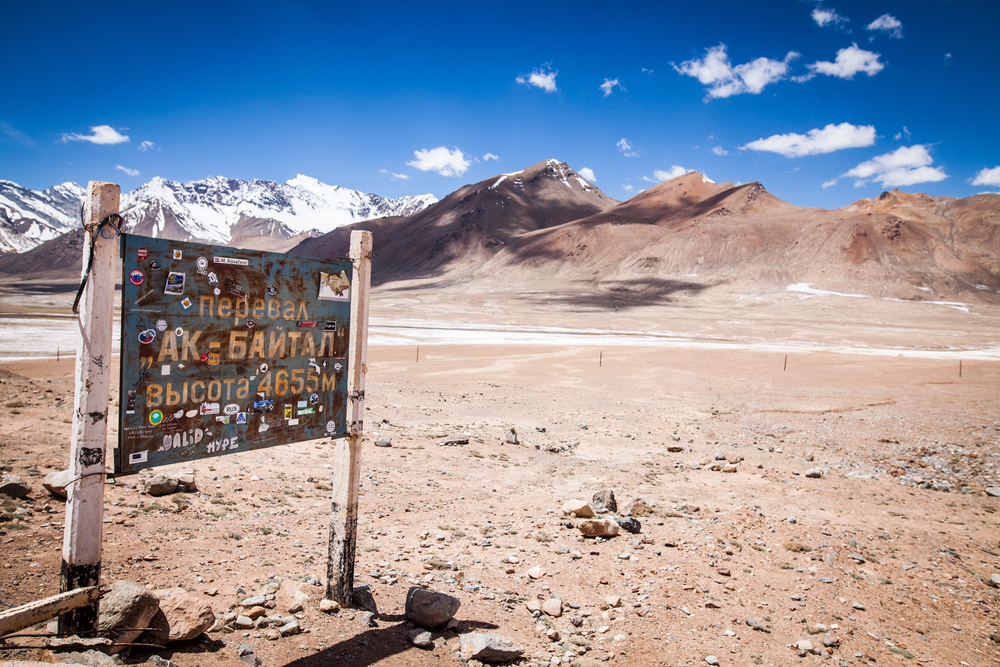
At 15,272 feet, Ak-Baital is the highest pass along the Pamir Highway and
international highway in the former Soviet Union. The name translates to ‘White
Horse Pass,’ referring to the snow patches on the mountainsides resembling
galloping horses.
Surrounding peaks harbor some of the world’s largest glaciers outside the polar regions. The thin air and extreme conditions create an otherworldly atmosphere that leaves lasting impressions on all who venture here.
Like Travel Pug’s content? Follow us on MSN.
Kyzylbel Pass, Tajikistan
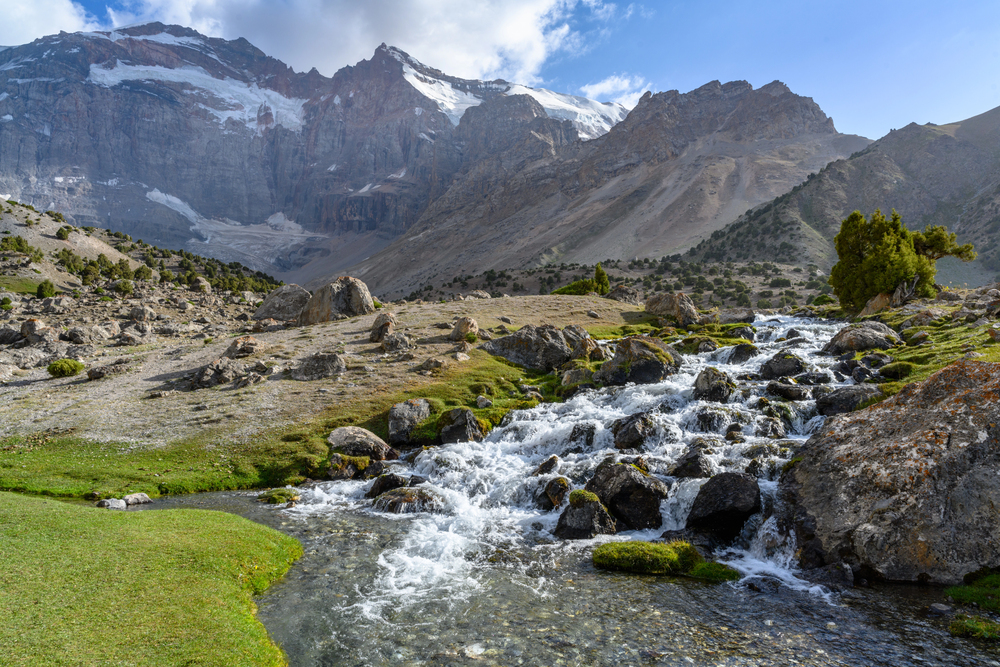
Rising to 13,220 feet in the Pamir Mountains, Kyzylbel Pass connects the Gorno-
Badakhshan region with the Rasht Valley through a series of dramatic switchbacks.
Ancient stone shelters along the route testify to centuries of use by travelers and
nomadic herders moving between seasonal pastures.
The pass offers spectacular views of the surrounding peaks and the winding Surkhob River valley far below. Local communities maintain traditional practices of seasonal migration, moving their yurt camps between different elevations throughout the year.
Kara-Buura Pass, Kyrgyzstan
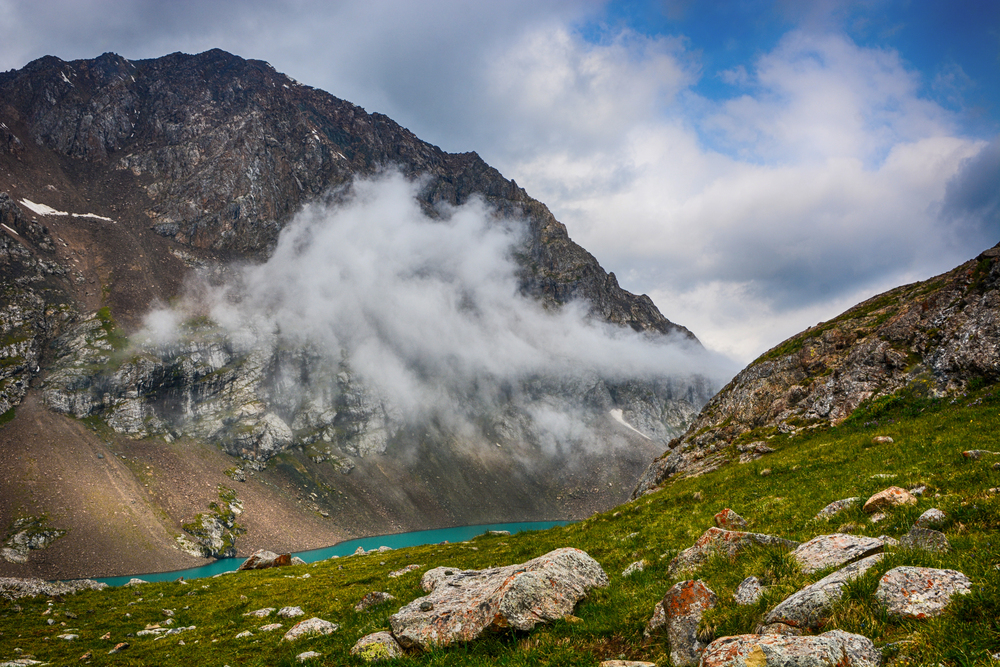
This 10,827-foot pass crosses the Talas Range and is spectacularly traversed with
views of alpine meadows covered with edelweiss in the summer months. Ancient
burial mounds near the summit suggest this route’s importance to early nomadic
peoples of the region.
The pass name refers to ‘Black Camel,’ referring to legends about a mythical creature that once roamed these heights. Nearby valleys are home to traditional felt-making communities that have preserved centuries-old techniques for crafting.
Shakhristan Pass, Tajikistan

This pass, at 11,083 feet, connects the Ferghana and Zeravshan valleys and has on
its approach a few remains of ancient caravanserais. The peaks hide rare snow
leopards and other mountain wildlife that are endangered and found only on such remote slopes.
Local folklore talks about hidden caves containing treasures left by merchants that passed through there centuries ago. The pass is known for wonderful views of the traditional terraced fields clinging to the mountainsides below.
Like Travel Pug’s content? Follow us on MSN.
Ulan Pass, Kazakhstan
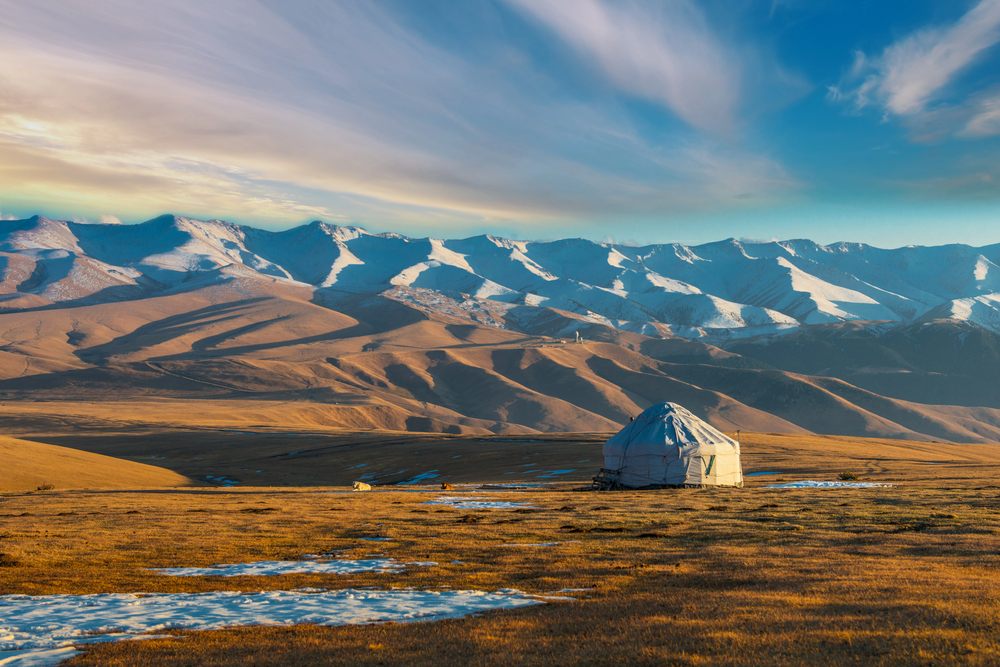
Rising to 11,800 feet in the Dzungarian Alatau range, Ulan Pass provides access to
some of Kazakhstan’s most pristine wilderness areas. Ancient rock art sites near the
pass suggest human presence dating back to the Bronze Age.
The surrounding landscape features unique geological formations created by millions of years of tectonic activity. Local conservation efforts focus on protecting endangered snow leopards and argali sheep in the surrounding mountains.
Ala-Bel Pass, Kyrgyzstan
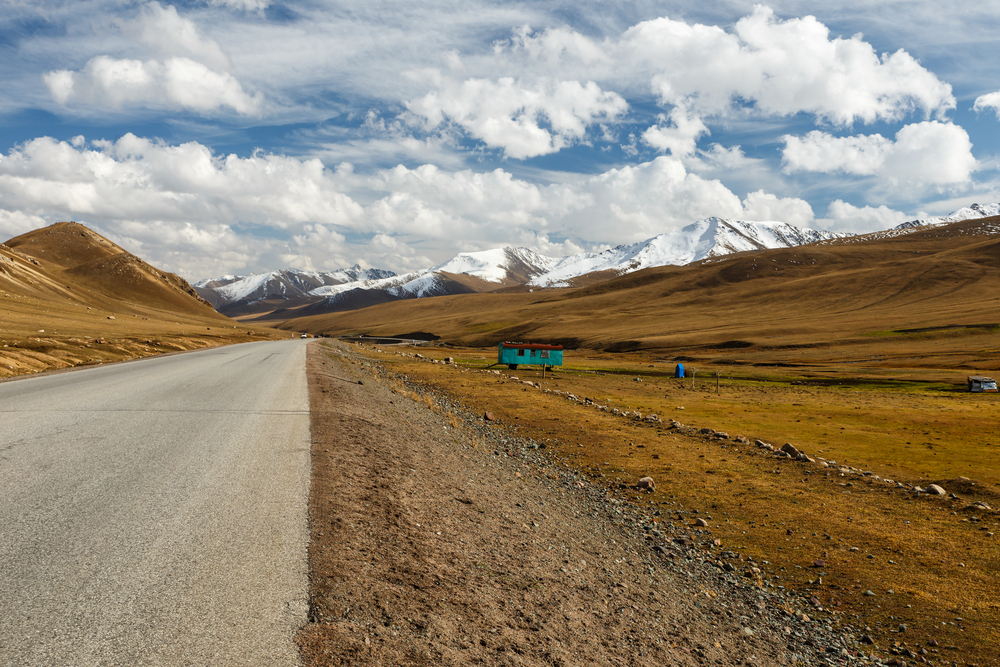
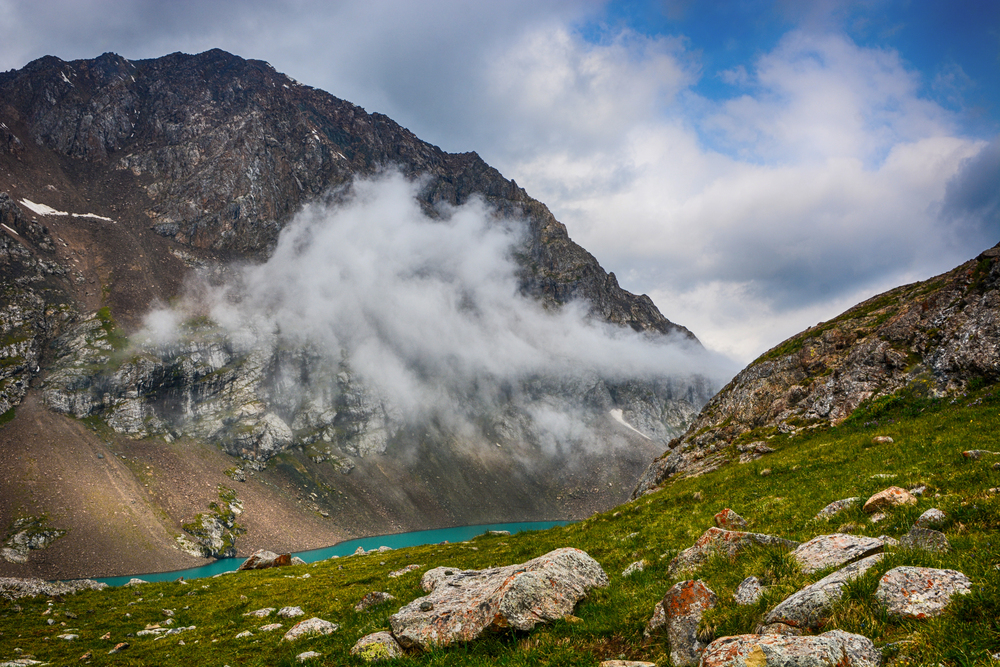
This pass, located at 11,270 feet of elevation, crosses over the Kyrgyz Range
between the Chuy and Talas valleys, featuring dramatic limestone cliffs and alpine
meadows. Once used by traditional hunters to track ibex through the surrounding
peaks, it provides magnificent rock shelters that still stand today.
The name of the pass translates literally as ‘Spotted Pass’ due to the mottled appearance of its snow- covered slopes when spring arrives. As of history, hot springs nearby have attracted generations of travelers.
Taldy Pass, Kazakhstan

This 9,843-foot pass through the Tarbagatai Mountains offers panoramic views of
the surrounding steppes and snow-capped peaks. Ancient stone markers guide
travelers through this historic route as they have for centuries of passing caravans.
The pass is a crucial migration corridor for various bird species during spring and fall.
Local communities maintain traditional practices of eagle hunting in the surrounding
mountains.
Like Travel Pug’s content? Follow us on MSN.
Tengiz-Bai Pass, Kyrgyzstan
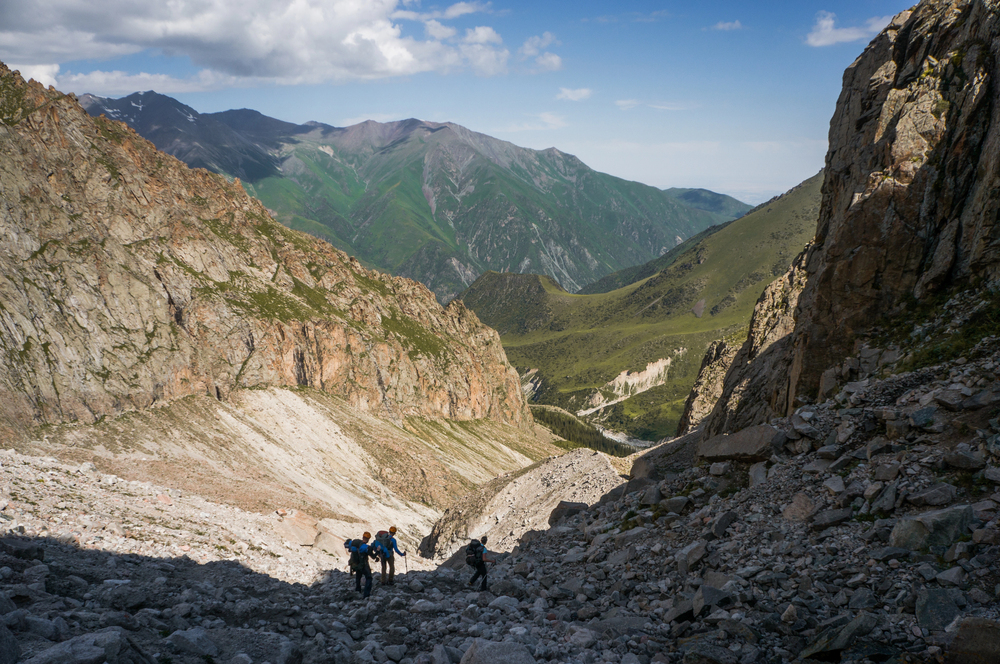
Located at 12,139 feet in the At-Bashy Range, this pass features distinctive red and
orange rock formations created by mineral-rich deposits. Traditional nomadic
communities still graze their livestock in high pastures near the pass during the
summer months.
The surrounding area contains important archaeological sites dating back to the Bronze Age. Crystal-clear mountain streams originating near the pass support unique high-altitude ecosystems.
Karabulak Pass, Kazakhstan
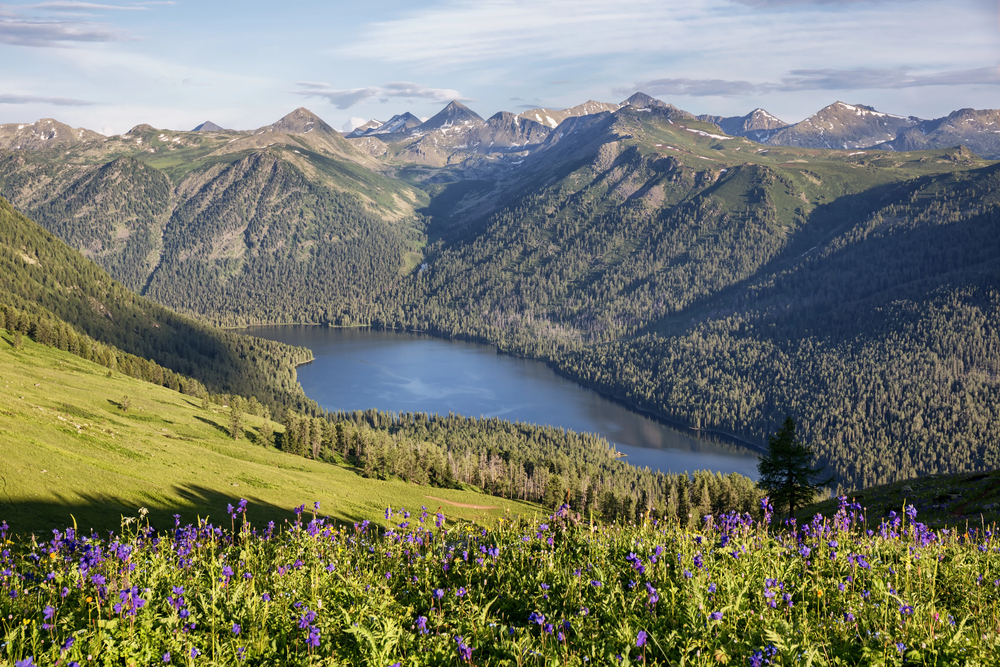
The pass reaches 10,499 feet and gives access to remote valleys of the Tian Shan
mountains and their traditional farming communities. Ancient petroglyphs near the
summit depict scenes of early pastoral life in these high mountains.
The pass’s name refers to the ‘Black Spring’ that emerges from nearby rocks, considered sacred by local peoples. Surrounding slopes support diverse alpine flora, including rare
medicinal plants used in traditional medicine.
Kulma Pass, Tajikistan
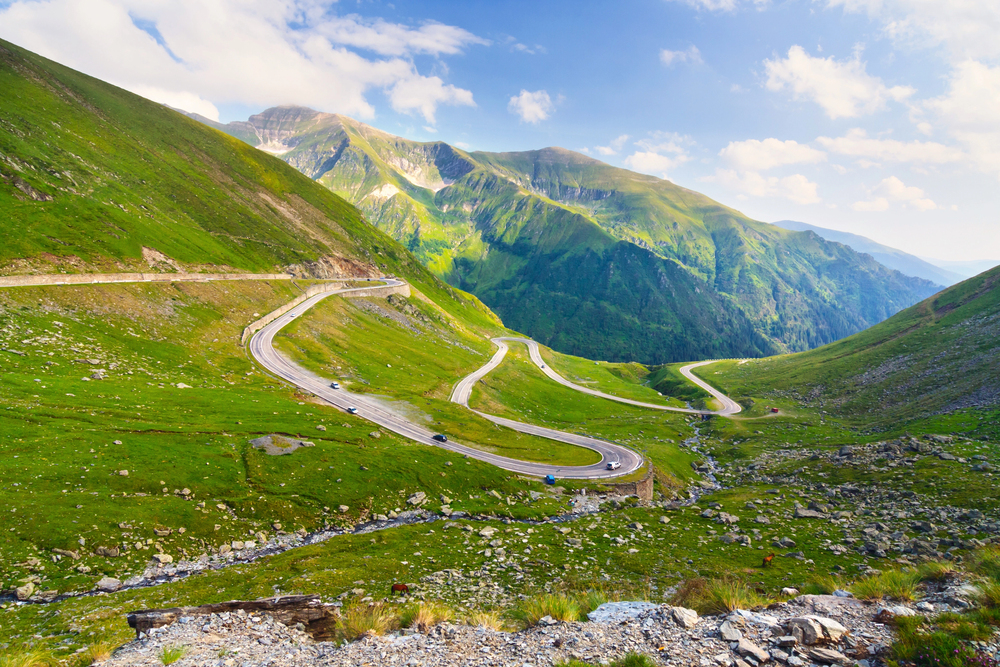
This modern border crossing between Tajikistan and China is 14,042 feet and
follows an ancient Silk Road route through the Pamir Mountains. The landscape is
dramatic, with glacier-carved valleys and towering peaks above 20,000 feet.
The pass is closed during winter due to extreme weather conditions and heavy snowfall.
Local guides share stories of legendary travelers who braved these heights in search
of trade and adventure.
Like Travel Pug’s content? Follow us on MSN.
Terek Pass, Kyrgyzstan
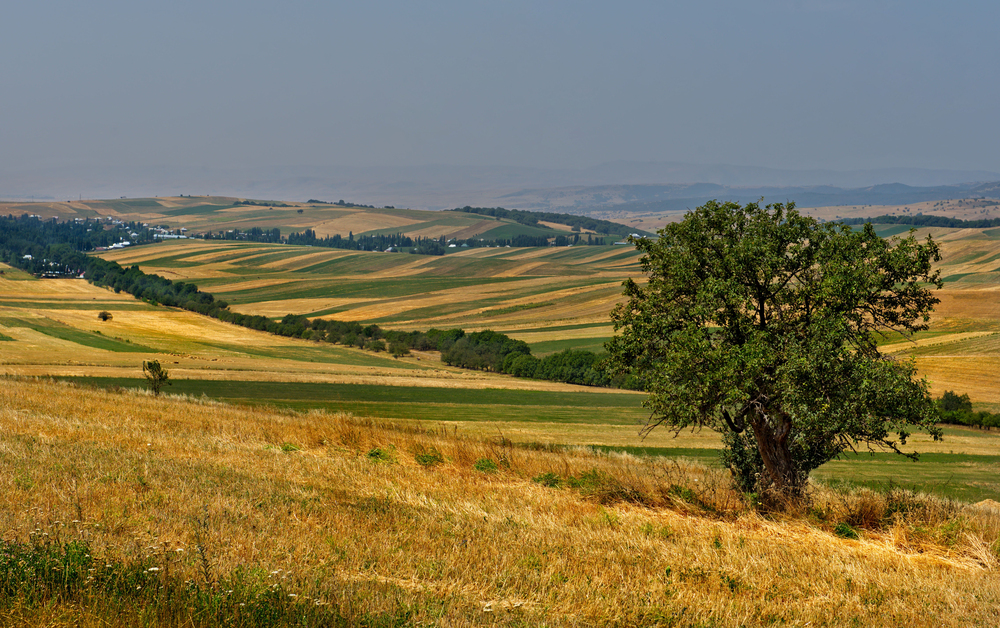
At 12,730 feet, this historic pass through the Tian Shan Mountains features dramatic
granite cliffs and alpine lakes. Near the summit, ancient travelers carved symbols
into rocks to mark this important route between medieval kingdoms. The pass offers
views of multiple peaks above 16,000 feet in the surrounding ranges.
Local communities maintain traditional nomadic herding practices in nearby summer
pastures.
The Future of Mountain Tourism

Central Asia’s mountain passes continue to captivate adventurous travelers while
supporting traditional ways of life that have endured for centuries. These high-
altitude routes offer more than just scenic drives; they provide windows into the
region’s rich cultural heritage and stunning natural beauty.
As infrastructure improvements make these areas more accessible, responsible
tourism practices become increasingly important for preserving these remarkable
mountain landscapes for future generations.
More from Travel Pug

- 15 Dangerous European Cities to Avoid
- 15 Caribbean Islands Where Tourists Keep Getting Scammed
- The 20 Most Fascinating Abandoned Places: A Journey Through Time and Forgotten Spaces
- 15 Hidden Places in the Smithsonian Museums Locals Love: A Guide to Lesser-Known Treasures
- 16 Hidden Florida Beach Towns That Aren’t Overrun with Tourists
Like Travel Pug’s content? Follow us on MSN.
